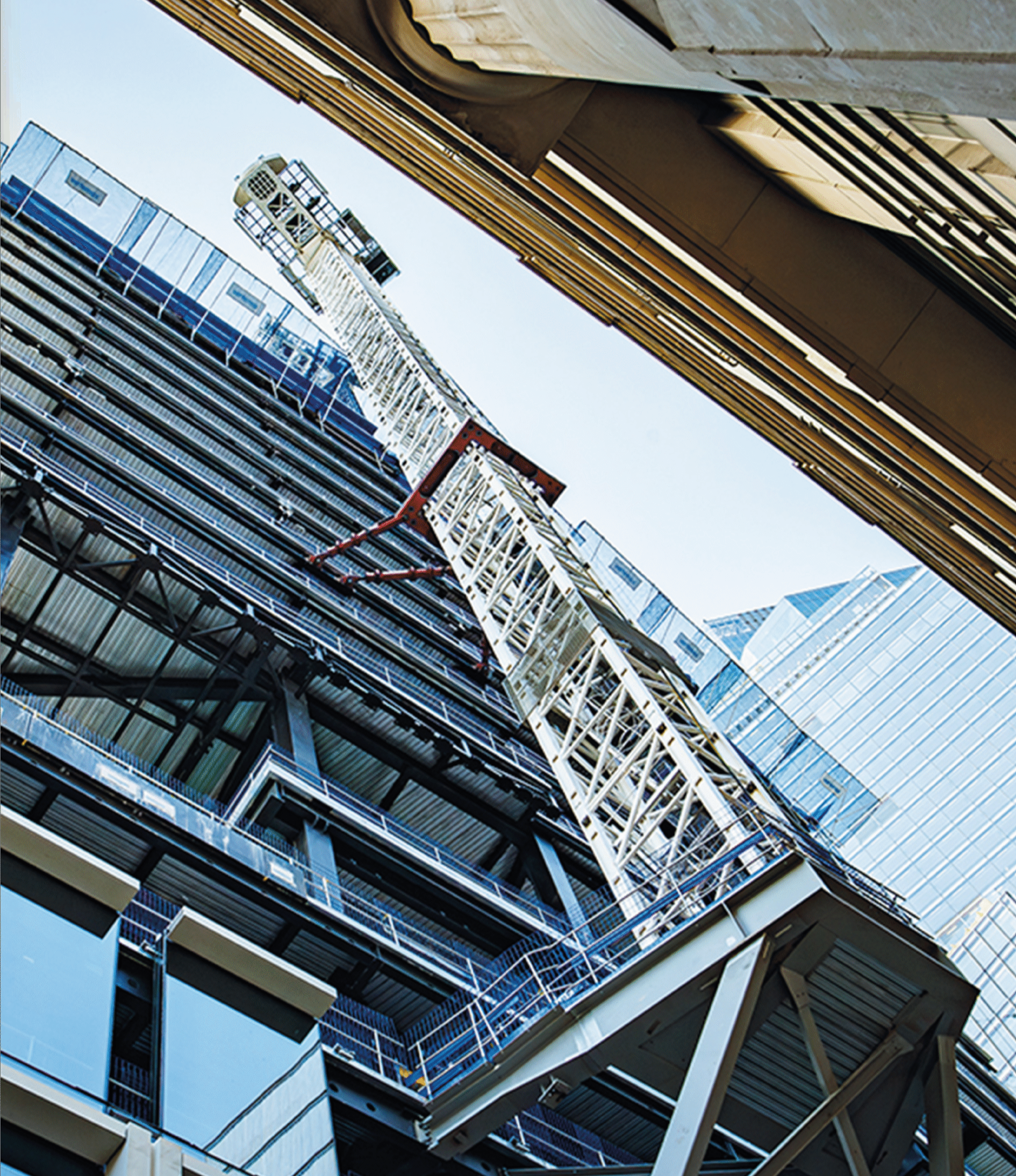LIDAR/Building Surveys
LIDAR/Building Surveys
Structural Survey to get your project moving
Cutting-Edge LiDAR and Ferro Scanning Services
How It Works
LiDAR and 3D Laser Scanning
We specialise in high-precision LiDAR and 3D laser scanning services for the most complex location data acquisition and analysis projects.
3D Modeling and Visualisation
Our 3D modeling and visualisation services provide you with an immersive and interactive experience, allowing you to explore and analyse your data in a dynamic and realistic virtual environment.
Concrete Reinforcement Ferro Scanning
Concrete Reinforcement Ferro Scanning At Urban Matrix, we specialise in non-intrusive ferro scanning services, utilising the latest technology to detect structural issues before they escalate into costly problems.
Custom Solutions
We offer customised solutions to meet your specific needs, whether it's a one-time project or an ongoing partnership. Our team works closely with you to understand your goals and objectives, and to deliver the best possible outcomes.
LIDAR/Building Surveys
What is ferro scanning?
Ferro scanning is a non-destructive testing technique used to locate and identify ferrous metals within concrete structures. It utilises electromagnetic fields to detect steel reinforcement bars (rebars), conduits, and other metal objects embedded in concrete. This helps in assessing the structure’s integrity and planning any necessary drilling, cutting, or coring activities safely.
How does ferro scanning work?
The process involves using a ferro scanner device that emits electromagnetic waves and detects the magnetic field changes caused by ferrous objects within the concrete. The scanner maps the position and depth of these objects, and the data is typically displayed on a screen attached to the device, providing real-time feedback to the operator.
What are the benefits of using ferro scanning?
Ferro scanning helps in:
Preventing structural damage by accurately locating rebar and other metallic objects before cutting or drilling into concrete.
Ensuring safety by identifying the locations of electrical conduits that could cause electrocution or short circuits.
Saving time and resources by providing precise information about the structural components, which facilitates efficient modification or reinforcement.
Enhancing structural assessment capabilities by offering insights into the reinforcement pattern, which is crucial for seismic retrofitting and renovation projects.
Is ferro scanning disruptive to the existing structure?
No, ferro scanning is a non-invasive and non-destructive method. It does not require any physical alteration or damage to the concrete. The technique can be performed during regular working hours without disrupting the site’s normal operations.
Can ferro scanning detect non-ferrous metals?
Generally, ferro scanning is designed to detect ferrous metals such as iron and steel. Non-ferrous metals like aluminum and copper are not detected by this technology. For detecting such materials, other methods like Ground Penetrating Radar (GPR) might be more suitable.
What are the limitations of ferro scanning?
While ferro scanning is highly effective for locating metallic objects in concrete, it has limitations including:
Depth limitation: The scanning depth can be restricted depending on the scanner model and the concrete’s properties, typically ranging up to a few feet.
Interference: Large metallic surfaces or densely packed rebars can create signal interference, complicating the data interpretation.
Material specificity: It cannot detect non-metallic objects such as plastic pipes or voids.
Why Choose Us
Expertise in Geographical Data Analysis
We offer expertise in geographical data acquisition and analysis, providing cutting-edge LiDAR and 3D laser scanning services to our clients.
Precision and Innovation
At Urban Matrix we are committed to delivering precision and innovation in every project we undertake.
Bespoke Service
Our services are bespoke and tailored to the unique needs of each of our clients, ensuring that we deliver the best results possible.
- 1st Floor, 200 Tower Bridge Rd, London SE1 2UN
- 020 3005 1572
- design@kitall.co.uk
© Copyright, 2025. Site by Kitall


